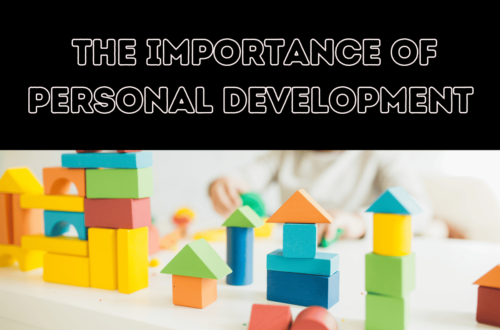With mental health being a growing issue for many, brands are taking a stand and using their platforms to help. They donate a portion of their profits to charities, create blogs about mental health, and create merch that sparks conversations.
Brands use their merch to spread hope and reduce stigma. The organization uses proceeds from shirts to provide suicide prevention resources for teens and adults.
They’re Inspiring
In a world where many brands focus on the appearance of their models and frivolous messaging, these fashion brands are steering the mental health conversation in a more positive direction. By offering uplifting messages, funds, and other resources, they’re helping people on their journey to better mental health.
For example, a brand like Madhappy offers effortlessly cool streetwear with uplifting prints and encouraging slogans promoting open mental health dialogue. One percent of the company’s sales are donated to its foundation and in support of local mental health initiatives.
Similarly, Boys Get Sad Too fights toxic masculinity with shirts that remind men to be kind to themselves. Another tee-wear brand, Own Your Stigma, donates 15 percent of proceeds from its merch to To Write Love on Her Arms, a nonprofit movement that presents hope and help for those suffering from depression, self-injury, and other mental health struggles.
They’re Helping
Buying new clothes isn’t just about retail therapy; it can help impact the world. That’s why many purposeful brands incorporate mental health awareness into their collections.
For example, the t-shirt STLO donates proceeds to suicide prevention organizations and mental health awareness groups. They also partner with wellness influencers to provide their audiences with resources and advice, including free e-books and webinars from therapists and other mental health experts.
Another excellent example of this is Madhappy, a mental health merch brand that works to normalize and destigmatize the conversation around mental health struggles. They even have a nonprofit that helps people needing support and treatment. They create conversations that inspire and ensure their messaging is accessible to anyone.
They’re Creating Conversations
Fashion brands are often criticized for their frivolous connotations with self-image, body type, and gender, but some companies are using their platform to make a difference. These Mental Health Clothing brand use their products to promote positivity, wellness, and mindfulness.
For example, tees from some brand is designed to help people “support each other, uplift their communities, and open conversations about mental wellness.” Clothing companies also contribute revenue to organizations such as Mental Health America.
Other fashion brands promote a healthy, positive attitude through their Instagram feeds. They feature inspiring quotes, motivational memes, and wellness resources. They’re also reducing stigma by featuring diverse models in their advertisements.
They’re Making a Difference
Brands that are open about mental health are making a difference. Some brand also partners with celebs to create limited-edition collections and even has a pop-up shop to bring awareness to its mission. They also have a solid commitment to sustainability and ethical production standards because they know that mental wellness is interconnected with environmental health.
They’re Creating a Movement
Clothing brands have a history of giving back; the new mental health collection is no exception. They donate 20 percent of the proceeds to organizations like the Trevor Project. Kenneth Cole’s ‘Optimism for a New Day’ bracelet is another must-have that supports the cause.
Other brands are tackling mental health in different ways.
Meanwhile, the footwear brand has a curated approach to its mental health merch, partnering with grassroots organizations on specific projects that support its mission. This approach helps them engage Gen Z and keep the conversation going.






